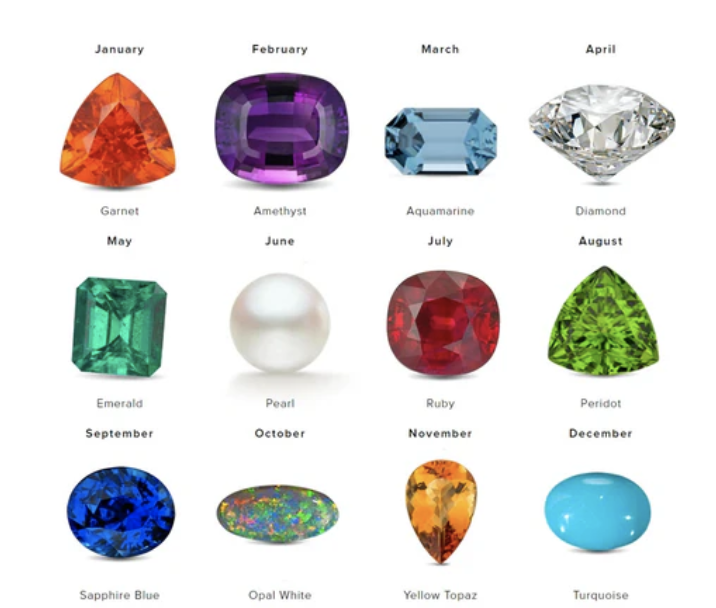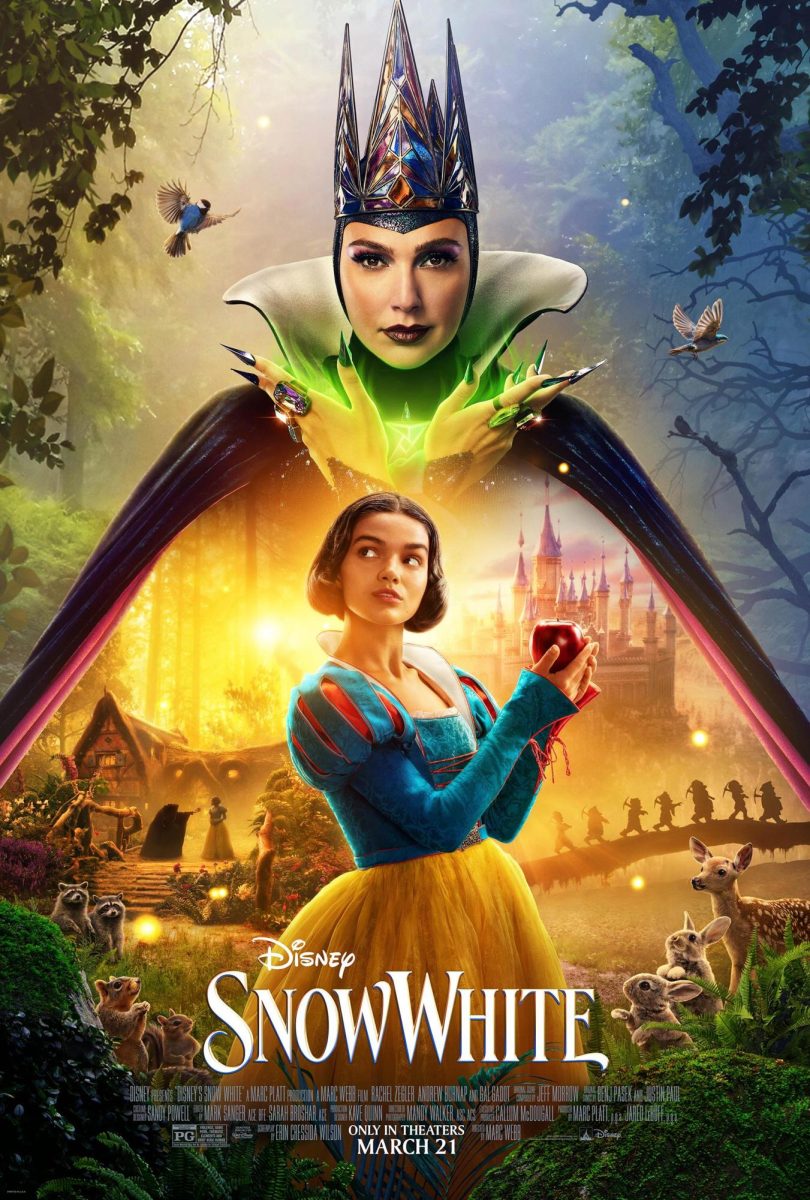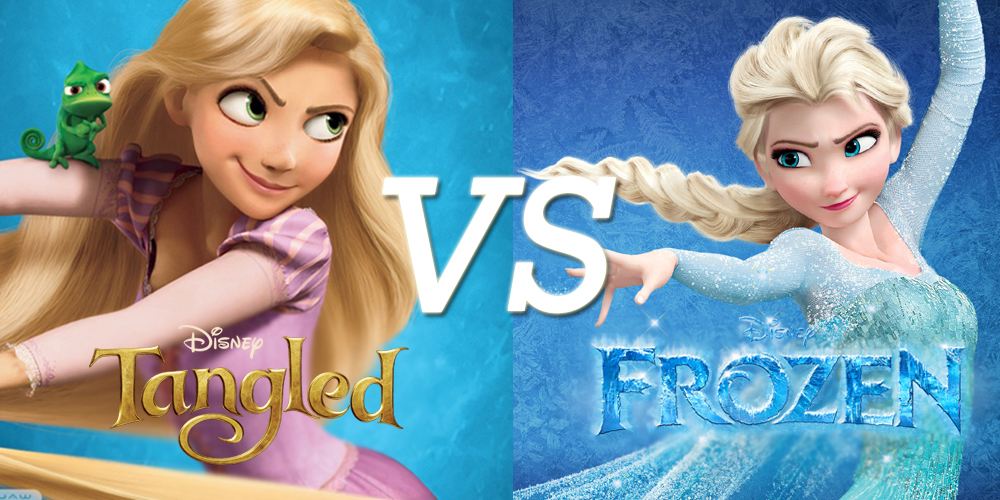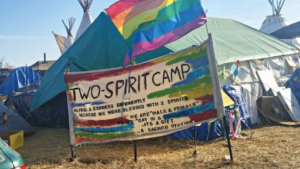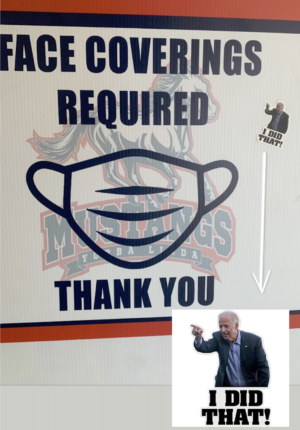Critical Race Theory- a Modern Educational Dilemma

An image capturing a diverse range of hands to demonstrate the idea that CRT hopes to encourage.
November 16, 2021
Critical race theory (CRT) is defined as an “intellectual and social movement that racism is not merely the product of individual bias or prejudice, but also something embedded in legal systems and policies” by Education Week (edweek.org). Essentially, CRT is a “lense” or “practice” of interpretation that can be used by educators when examining things like literature and history.
First originating within the legal field, CRT has taken stage in the debate for education at all levels from kindergarten to postgraduate studies. With a heavy focus on “understand[ing] how racism has endured past the civil rights era through systems, laws, and policies” as well as moving forward into how these can be transformed. Constantly evolving, CRT challenges many traditional ideals that relate to race and racial inequality. The idea that our “genetic makeup is 99.9% the same” carries into the teachings on racial differences being “counter to scientific evidence” and therefore socially constructed. This framework is overall relevant to education because the curriculum can exclude the history and experiences of Americans of color. Additionally, CRT is a highlight that centers around the voices of people who have been “historically marginalized”, rather than the overwhelmingly white-written history that is taught now (edweek.org).
However, the actual motive behind critical race theory has been taken into a variety of interpretations, based on the beliefs of the interpreter. Within the past decade, the idea of CRT has taken a spotlight on politics across America. There have been a variety of debates on whether or not CRT should have a place in the modern curriculum. More conservative leaning politicians have vilified CRT in stating that it is “un-American” because it teaches kids the flaws in our American history. Additionally, it is considered too “radical” and “racially divisive” (foxnews.com).
Those who disagree with the idea of CRT have taken many actions against it including going so far as school board members burning books that teach about race and sexuality in Virginia (Business Insider). Another reason why people oppose CRT is because they feel it “admonishes all white people for being oppressors…” and “attributes racism to white individuals” (usnews.com). Overall, there has been legislation going against the concept in Idaho, Oklahoma, Tennessee, Texas, Iowa, New Hampshire, Arizona, and South Carolina (although none specifically mention CRT as the specific name). Additionally, 20 states have introduced or plan to have similar legislation; all of which are Republican-led (brookings.edu). There have been a variety of political protests and statements made by those who are not directly involved in politics as well. Most of this group is parents with children who are in the education system.
Conversely, many Americans have agreed that CRT should be in our classrooms. Similar to the movements against CRT, many people have joined the want to have adaptations in the K-12 classrooms. This side of the argument feels that what is taught in school should not be limited to the curriculum written by those with a more narrow view on race. They also feel that this is a step in the direction of teaching students to form dynamic thinking, evolving with the society around them. Students have especially taken a voice to say that they want to learn through a more diverse viewpoint. The Democratic party is at the forefront of the action, with leading politicians speaking out on the issue. In fact, President Joe Biden has spoken about his want for CRT as well as the White House putting out this statement: “Equal opportunity is the bedrock of American democracy, and our diversity is one of our country’s greatest strengths. But for too many, the American Dream remains out of reach. Entrenched disparities in our laws and public policies, and in our public and private institutions, have often denied that equal opportunity to individuals and communities.” (whitehouse.gov). Yorba Linda High School sophomore, Abigail Lee, voices her opinion by saying that “It isn’t so much about CRT itself, but the fact that banning it could lead to the prevention of productive conversation on the real systemic racism in this country. Students simply want their experiences to be heard and understood.”
As the nation faces another cultural debate, it is important to stay educated on the matters at hand. Some resources that provide education about CRT include: diversifyournarrative.com, whitehouse.gov, and britannica.com. The future of American Education is being debated within politics, and it is a significant reflection of our values as a nation.





